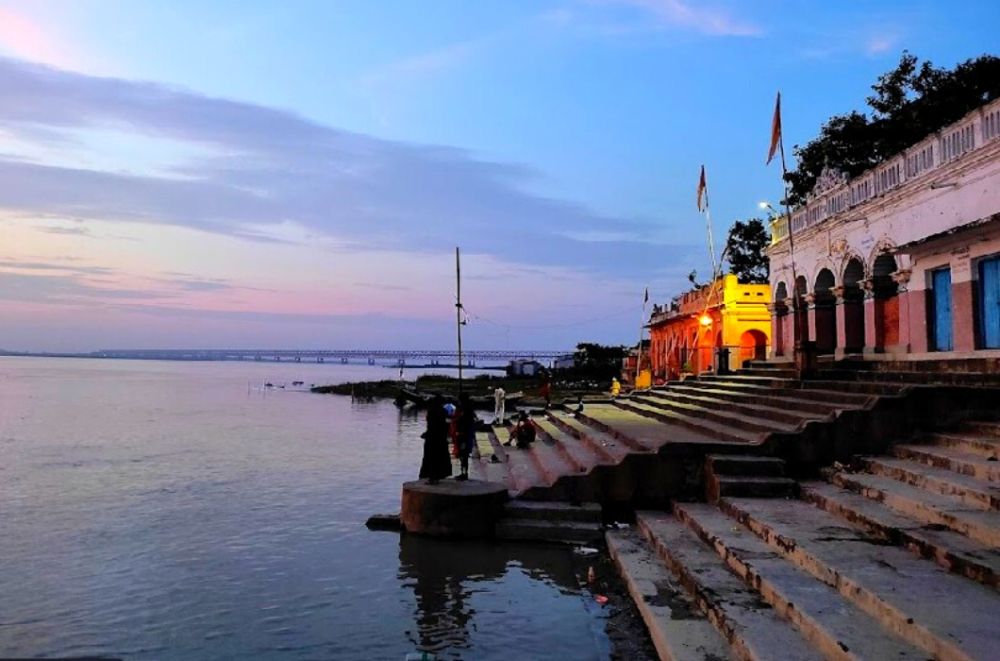

The town of Munger, nestled along the banks of the holy Ganges in Bihar, India, is home to the serene Kastaharni Ghat — a site of historical and spiritual significance. As with many ancient locations in India, the ghat has a rich history that intertwines with the culture and traditions of the region.
For centuries, Kastaharni Ghat has been a symbol of divinity and a place of pilgrimage. According to local folklore, the waters at Kastaharni Ghat carry healing properties. It is believed that a dip in these sacred waters can purify one's soul and cure ailments. This enduring belief has made the ghat an essential stop for pilgrims traveling through northern India.
The name 'Kastaharni' itself signifies "the reliever of agonies," further cementing the ghat's role as a source of solace for the faithful. The religious significance of Kastaharni Ghat is further enhanced by its proximity to several important temples and historical sites, attracting visitors from all walks of life.
Tourism at Kastaharni Ghat has evolved over time, initially driven by its spiritual value. Traditional religious festivals, such as the revered Ganga Dashahara, when thousands gather to bathe in the holy waters, have been a significant draw for centuries.
In recent years, efforts have been made to promote the ghat as a destination for both spiritual and leisure tourism. The natural beauty of the river and the calming presence of the ghat itself offer an attractive getaway to those seeking tranquility from the rush of modern life.
The latest trends in tourism at Kastaharni Ghat demonstrate a move towards sustainable and responsible tourism. The administration has been proactive in keeping the ghat clean and accessible, which has positively impacted both the environment and visitors' experience. There is a growing interest in eco-friendly practices and cultural tourism, as travelers become more conscious of their footprint and seek authentic experiences.
Given its historical roots and spiritual essence, Kastaharni Ghat also becomes a focal point for heritage tourism. Tourists and researchers alike are fascinated by the rituals and traditions that have been preserved through the ages.
Moreover, with the advent of social media and online platforms, the accessibility of information regarding such hidden gems has contributed to a gradual increase in tourist footfall. Visitors document their experiences and share them with a global audience, thus contributing to the ghat's popularity and foregrounding its unique presence in India's cultural landscape.
From its sacred origins to its contemporary draw as a site of pilgrimage and natural beauty, Kastaharni Ghat in Munger continues to beckon travelers from across the globe. With the converging trends of spirituality, sustainability, and heritage, the ghat holds a special place in the hearts of those who visit. As tourism evolves, Kastaharni Ghat remains a testament to the rich tapestry of India's religious and historical narrative.